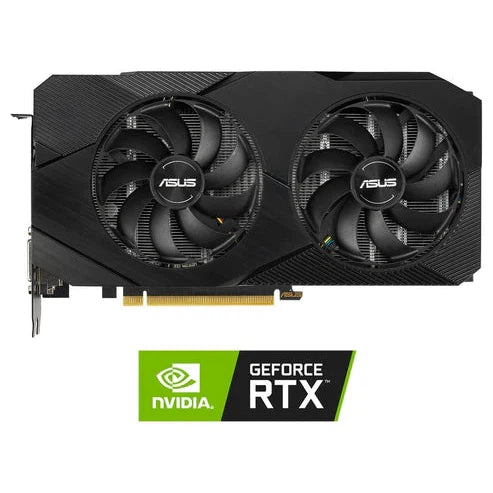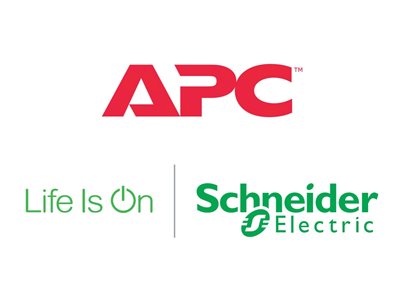Graphics Card
A graphics card is one of the most vital parts of a computer. This will come in handy when you need to display images, watch videos, and even play games. Today, there are graphic-based apps and games that will have high quality graphics.
They will be demanding to the point where you may need a graphics card that can meet it. Therefore, this buyer’s guide might help you find the best one possible. We’ll go over the main features of a graphics card and what you need to consider during the purchasing process.
With that said, let’s get started with what’s included in your standard graphics card.
The Main Features of a Graphics Card
Processor cores
One of the key parts of a graphics card is the number of processor cores it has. The more cores, the better it will perform. So it’s important to consider what your critical needs are.
Are you using your computer for video editing (including 4K videos)? Are you building a gaming computer that can handle even the most demanding graphics? This is where you need to pay attention to how many processor cores you’ll want in a graphics card.
Compatibility
Yes, performance specs are one thing. But you want to find the right graphics card that is compatible with the computer’s motherboard. Therefore, it’s important to know what kind of motherboard it has before making a decision.
The easiest way to do it is taking advantage of your computer’s command prompt function. To make it as simple as possible, use this guide. Afterwards, you may be able to whittle down the selections based on the type of motherboard you have.
The good news is that it will eliminate many options that never applied in the first place. From there, you can choose a graphics card based on your critical needs and preferences.
Speed
Of course, speed can play a role in a graphics card. Specifically, this will be measured in megahertz (MHz) or gigahertz (GHz). The higher the speed, the better it will perform.
Memory
The memory of a graphics card will play a role in the overall performance as well. As such with some of the other elements like speed and processing cores, more will mean better. Your most basic graphics cards will have 500 MB of memory while the better performing ones will be anywhere from 1 GB and up.
What To Consider When Purchasing A Graphics Card?
Now that you are aware of some of the main features, let’s talk now about the considerations that will be factored into purchasing a graphics card. Here’s what you’ll want to mull over:
What is my intended purpose?
One of the most critical considerations is your intended purpose. What exactly are you intending to use your computer for? Will you be using it for gaming purposes?
Or are you using it for professional tasks such as video editing? Whatever the use, you might find yourself using demanding applications to get something done. If it happens to be something that is intensive in terms of graphics, then it would be a good idea to consider a graphics card that meets your expectations.
How much speed do you need?
Speed can mean a lot for someone in need of a graphics card. The frames per second (FPS) in videos and games can matter a lot to someone using a computer for such purposes. It’s important to consider what the minimum requirements are for the apps and games that you are using.
Once you know what they are, you’ll be able to decide for yourself which graphics card will meet it. Remember, higher clock speeds will always mean a better performance.
Will it be compatible with my computer’s motherboard?
At this point, you should already have answered this question based on our example above. If not, take a moment to use the command prompt guide that we have mentioned earlier. Be sure to write down the necessary information such as the motherboard type.
If you are searching online, you can be able to use the filter feature to your advantage. From there, you can decide on which graphics card will serve based on all other needs and preferences.
How many processor cores do I need?
The more processor cores a graphic card has, the more it can handle the most intensive graphics possible. This can be a consideration that can address a critical need. You don’t want to run an app or a game that is choppy or not looking great in terms of graphics.
You know that it can do better. So the solution would be to find a graphics card with just enough processor cores to support what you really need. With that said, all these factors can be considered - but all rolled into one, you also need to consider one more thing.
Does it fit my budget?
It’s always a good idea to find a graphics card that will perform well. Indeed, the best performing graphics cards on the market will command a higher price point. However, money can be an issue.
That’s why you want to find the best performing graphics card that will fit your critical needs. Meanwhile, it should also be one that will fit your budget. It’s never a good idea to choose the cheapest option as it can sacrifice a good amount of performance.
By using that approach, you would care more about saving money than addressing your most critical needs. This is a mistake that can cost you time and possibly money.
Final Thoughts
If you are looking for a graphics card, performance based on your needs will matter. It’s important to find one that will meet them head-on. It will be a wise investment, even though it will command a premium price.
Consider what needs that will be addressed when choosing a graphics card. Take assessment of what apps you’re using on a regular basis and how demanding it is in terms of graphics. From there, you can make an informed decision and be happy with the graphics card you choose







